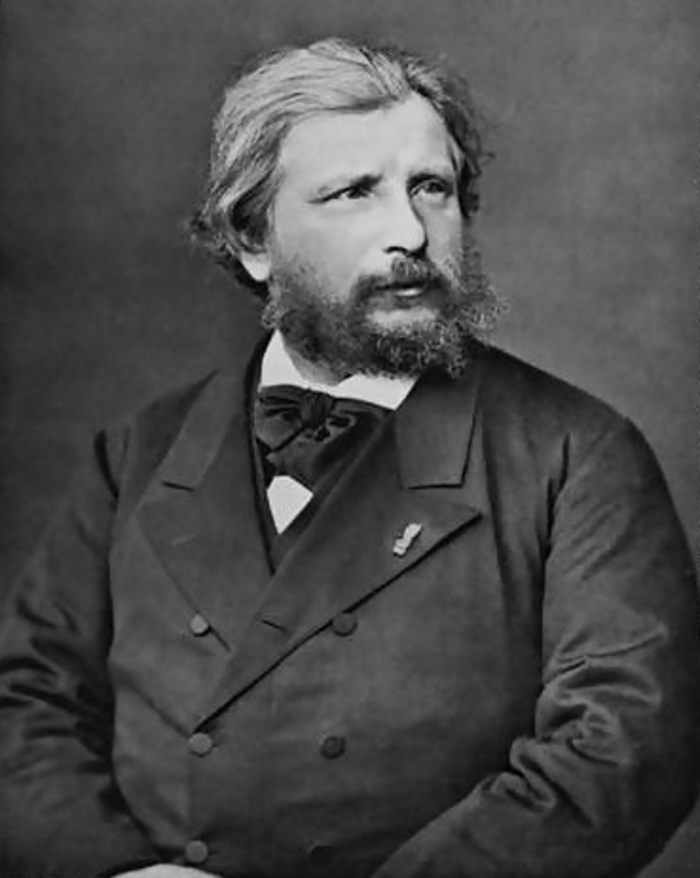William Bouguereau (William Bouguereau)

Artist. He was France’s most popular painter of the late 1800s. A leader of the Academic School, Bouguereau specialized in carefully detailed mythological and genre scenes, and was particularly noted for his tender portrayals of children. “The Abduction of Psyche” (1895) is probably his best-known work. Today many critics dismiss his style as kitsch and do not look kindly on his harmful opposition to new creative trends; but his exquisite craftsmanship is undeniable. Bouguereau completed over 800 paintings, many of them life-sized. Adolphe William Bouguereau (he never used his first name) was born in La Rochelle, France. He studied at the Ecole des Beaux-Arts and won the Prix de Rome in 1850. In 1868 he built a lavish studio in Montparnasse and helped make that area the foremost artists’ quarter in Paris. Around this time he also began a liason with one of his students, American painter Elizabeth Gardner; Bouguereau’s mother opposed the relationship and the couple did not marry until her death in 1896. As comparatively obscure as he is these days, it’s difficult to imagine what a star Bouguereau was in the art world of his era. He worked hard to fufil his many commissions and his paintings were so sought after, and fetched such high prices, that he once boasted, “I lose five francs every time I pee”. Engraved reproductions of his works sold in the millions. Along with wealth and fame came many honors, including election to the Institute of France and being named a Grand Officer of the Legion of Honor. Reactionary in visual tastes, Bouguereau believed art should idealize beauty and turned up his nose at anything that even remotely deviated from this dictum. As President of the Society of French Artists from 1881, he oversaw the selection of the thousands of paintings shown annually at the Paris Salon, the only real avenue to success for aspiring Gallic painters and sculptors. For decades he used this position to hinder the press and public from discovering the revolutionary changes that were taking place in French painting, including Impressionism, Realism, Pointillism, and the singular efforts of Paul Gaugin, Henri Rousseau, and Toulouse-Lautrec. Paul Cezanne, who submitted canvases to that venue every year only to have them rejected, finally gave up and declared, “I don’t stand a chance in Monsieur Bouguereau’s Salon”. Rival salons sprang up in Paris to combat Bouguereau’s conservatism, but he remained powerful and influential until his death at 79. (bio by: Bobb Edwards)
Born
- November, 30, 1825
Died
- August, 08, 1905
Cemetery
- Cimetière de Montparnasse
- France

